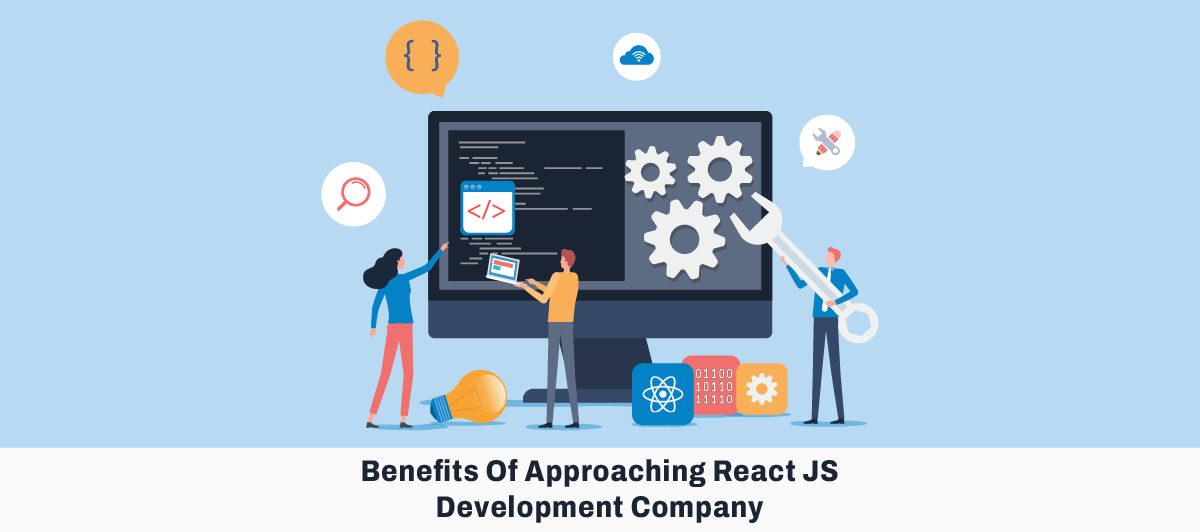Rise by Six: Your Daily Dose of Inspiration
Explore insights and stories that elevate your day.
React-riffic Adventures in Frontend Development
Explore the thrilling world of React as we embark on epic frontend development adventures! Unleash your creativity and code like a pro!
Getting Started with React: A Beginner's Guide to Building Dynamic UIs
Welcome to Getting Started with React! If you're looking to build dynamic user interfaces, React is the perfect JavaScript library to begin your journey. With its component-based architecture, React allows developers to create reusable UI components, making the development process not only efficient but also organized. As a beginner, it's essential to understand the core concepts of React, such as JSX, components, and state management. By familiarizing yourself with these concepts, you'll be well on your way to creating interactive web applications.
To embark on your React adventure, start with the following steps:
- Install Node.js: This is crucial as it includes npm (Node Package Manager), which you’ll need for managing packages.
- Create a React App: Use the command line to create your first React application easily by running
npx create-react-app my-app. - Explore Documentation: The official React documentation is a treasure trove of information that will guide you through understanding props, state, and lifecycle methods.
- Build a Simple Component: Start coding by building a small component like a button or a form that handles user input.

Top 10 React Libraries to Supercharge Your Frontend Development
In the fast-evolving world of frontend development, React has emerged as a powerful library for building user interfaces. To enhance the functionality and efficiency of your React applications, leveraging the right libraries can make a significant difference. Here, we present the Top 10 React Libraries that will not only streamline your development process but also boost the performance of your projects. Whether you're looking for state management solutions, form handling, or UI component libraries, these tools have you covered.
1. React Router: A standard for routing in React applications.
2. Redux: A predictable state container for JavaScript apps.
3. Material-UI: A popular React UI framework that implements Google's Material Design.
4. Formik: A powerful library for handling forms in React.
5. React Query: For efficient data fetching and caching.
6. Styled Components: A CSS-in-JS library for styling React components.
7. ApexCharts: A React wrapper for creating beautiful charts.
8. React Hook Form: A performant form library with easy integration.
9. React Bootstrap: Bringing Bootstrap components into React with ease.
10. React Spring: A powerful animation library to enhance your UI's visual appeal.
Common Challenges in React Development and How to Overcome Them
React development comes with its own set of challenges that can hinder productivity and affect the performance of your applications. One of the most common challenges is state management, especially in larger applications. Over time, managing state across various components can lead to complications as your app grows. To overcome this issue, consider using state management libraries like Redux or Context API, which help in centralizing and managing state more effectively. Additionally, utilizing local component state for smaller components can simplify your code structure.
Another significant hurdle in React development is performance optimization. As you add more features and components, the rendering time can slow down, affecting user experience. To tackle this, focus on techniques such as code-splitting and lazy loading, which help load only necessary components when needed, reducing the initial load time. Furthermore, employing React's built-in optimization techniques like React.memo and useMemo can minimize unnecessary re-renders, enhancing overall application performance.